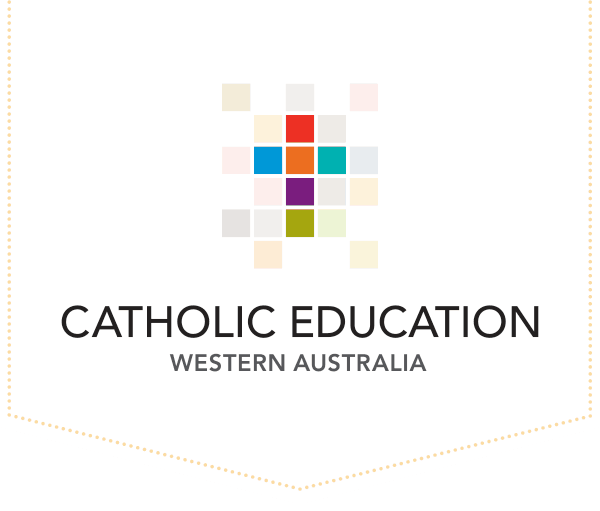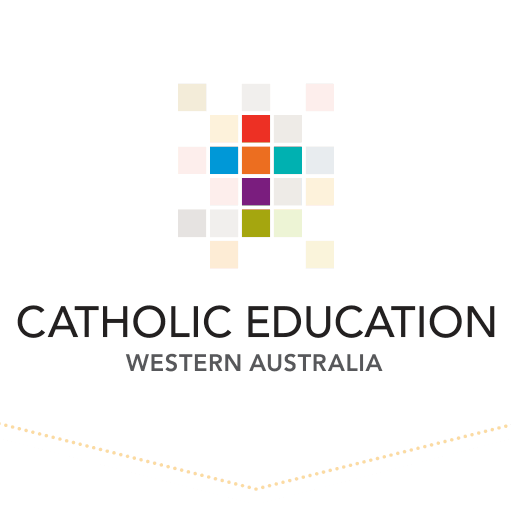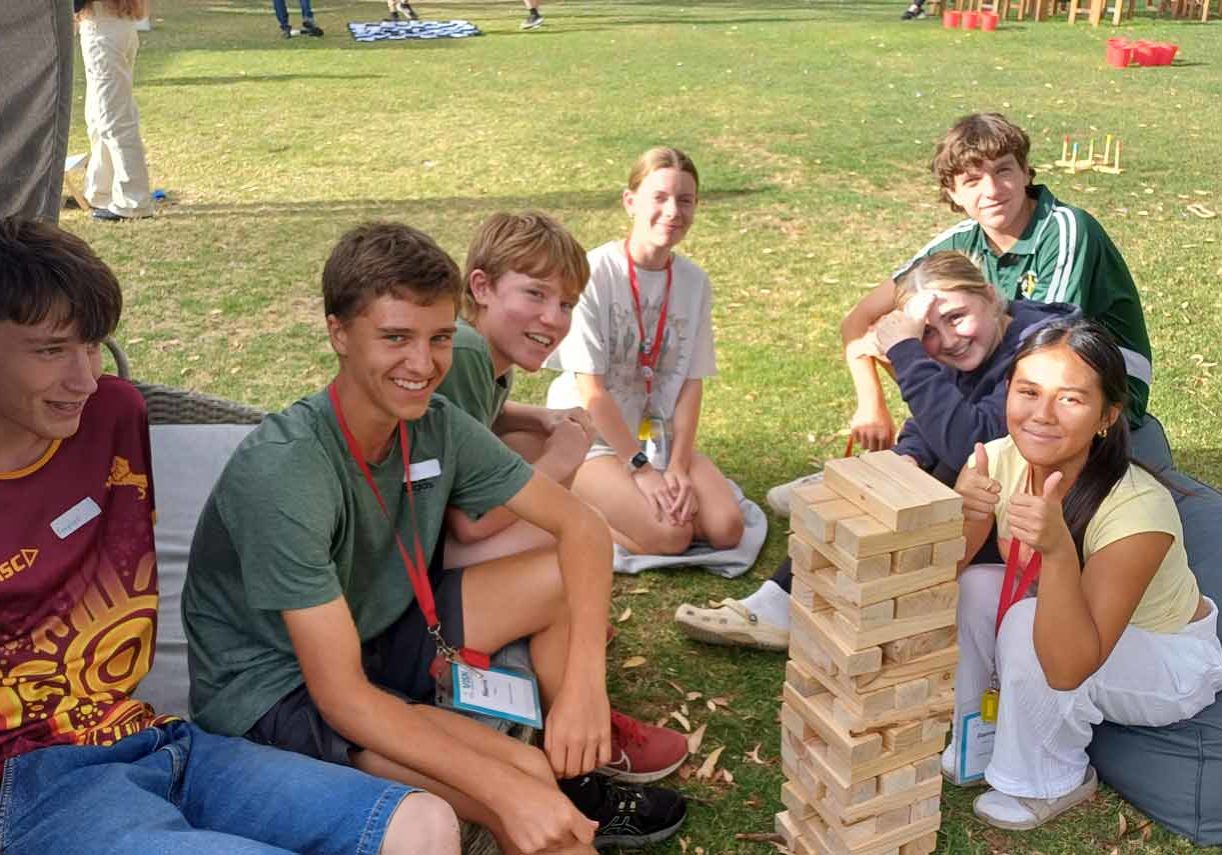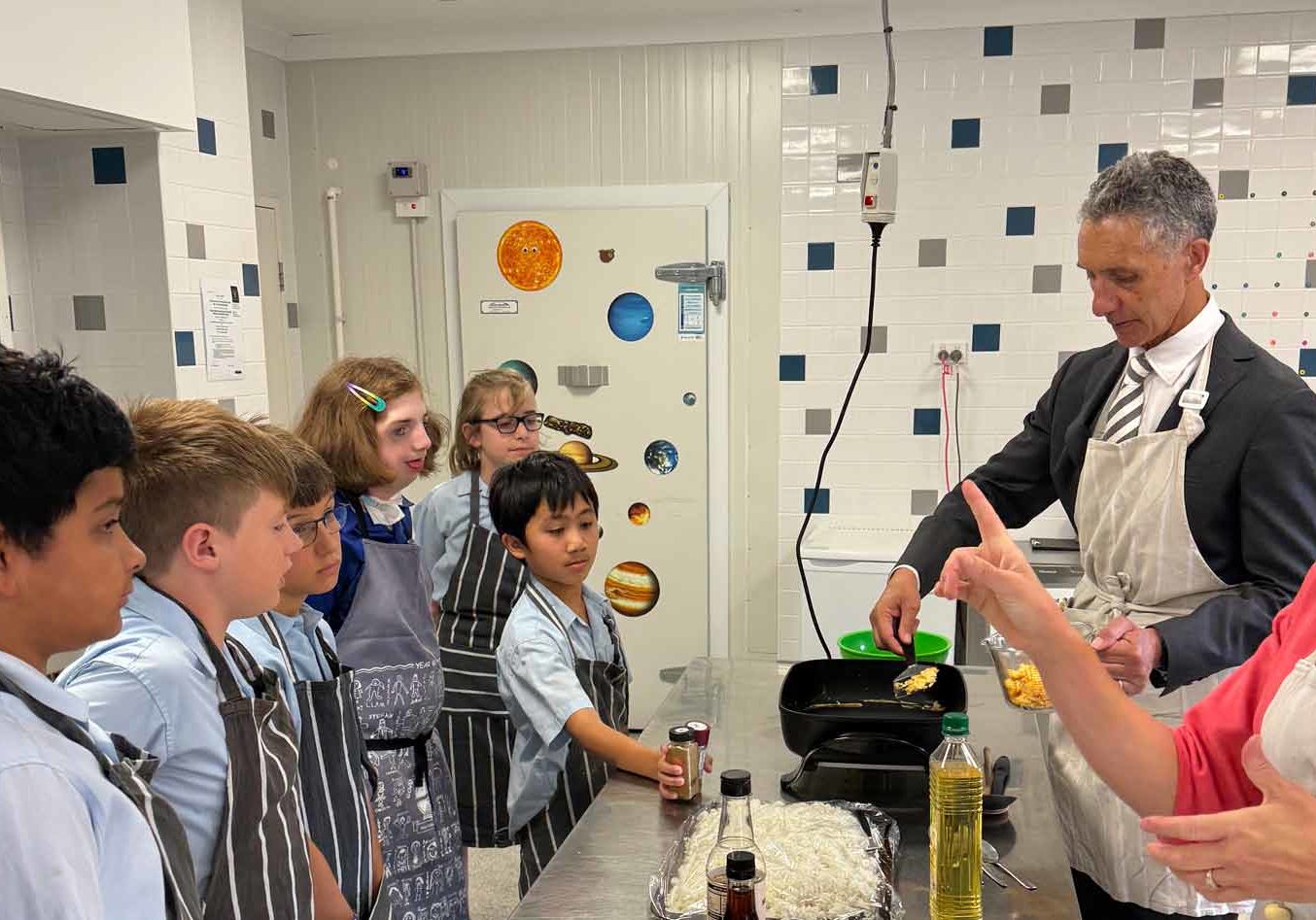How Catholic schools are funded (Part 1)
16 May 2019
Published with permission from National Catholic Education Commission
School funding in five easy steps (no, really!)
School funding is a contentious and much misunderstood topic – but it’s much less controversial once a few facts are known.
State and Federal governments fund all not-for-profit schools (government and non-government) to some degree because a typical school education costs a lot more than most people realise – more than $11,000 per primary student and more than $14,000 per secondary student each year, regardless of sector.
This is more than most Australian families could afford, so governments fund free public schools and partially fund all not-for-profit school sectors, including Catholic schools and systems.
Here’s how school funding is calculated:
- The Federal Government sets a base funding amount for every student in every sector, each year
In 2019, the base amounts are:
- $11,343 per primary student
- $14,254 per secondary student
- Extra funding is added for disadvantage
This extra funding – known as ‘disadvantage loadings’ – is added for up to six types of disadvantage such as Disability, Low Socioeconomic Advantage and Language Background Other Than English.
- The base amount + disadvantage loadings = SRS
The base amount and disadvantage loadings make up the Schooling Resource Standard (SRS), a per–student funding target for each school.
Each school has a different SRS because each school’s students have different needs. An outer suburban primary school with high levels of disadvantage, for example, might have an SRS of more than $15,000 per student while a primary school serving relatively affluent families might have an SRS of less than $12,000 per student.
Now, we get to the important part – who pays the SRS?
- Public schools receive their SRS funding solely from governments
State and Federal governments jointly fund the SRS for government schools, regardless of the school’s location or socio-economic status (SES). Parents are not required to contribute to the SRS in government schools.
Government schools may still raise money privately, and almost all do – but they do not lose a dollar of their government SRS funding entitlement.
- Non-government schools attract only part of their SRS funding from governments, based on parents’ ability to pay
Non-government school parents are expected to fund some of their children’s education, so governments reduce the funding they provide to non-government schools according to the ability of each school’s parents to pay fees.
This is done by assigning each non-government school a socio-economic status (SES) score from 60 to 140 (based on student addresses and ABS household data).
The higher the SES score, the more parents are expected to contribute – and the less government funding that non-government school attracts.
Non-government schools serving the poorest families (those with an SES score from 60 to 93) attract 90% of the SRS base amount (and all the disadvantage loadings) in government funding.
Non-government primary schools serving the poorest communities therefore attract $10,209 per student in government funding (plus all disadvantage loadings), while a government primary school in the same area attracts $11,343 per student (plus all its disadvantage loadings)
As SES scores rise, the level of government funding for non-government schools is gradually reduced, to the point where those serving the wealthiest families (an SES score of 125 or more) attract just 20% of the SRS base amount in government funding (plus all disadvantage loadings).
In other words, the wealthiest non-government primary school attracts just $2,269 per student in government funding (plus all disadvantage loadings) while a government primary school in the same area attracts $11,343 per student (plus all its disadvantage loadings)
This is how school funding is calculated. In Part 2, we’ll look at how it’s distributed.




